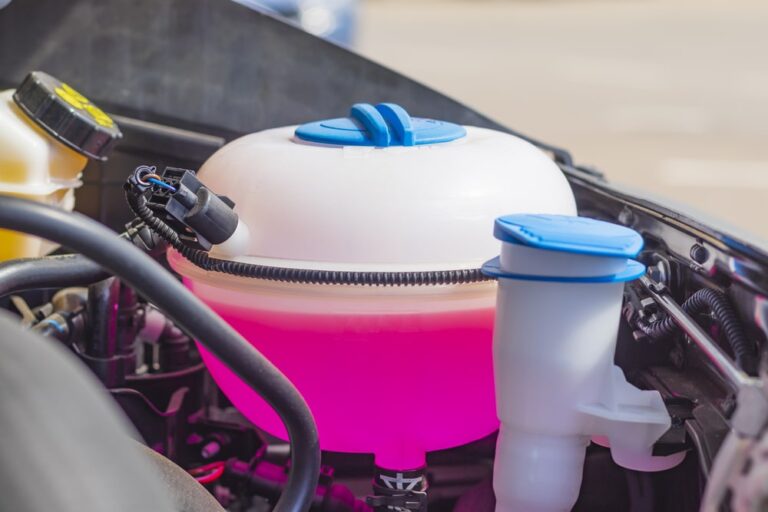
In the same way, as auto wax protects the paint from UV radiation, oxidation, moisture, extreme heat, pollutants, and mechanical wear, paint sealants safeguard the paint layer against environmental hazards like salt and sand. Newer offerings have simplified the application process for both waxes and sealants. While wax derives from natural resources, sealants are entirely man-made.
Numerous products have recently entered the market with the sole intention of preserving and improving our vehicle’s paint. Waxes and sealants for automobiles are the most common forms of protection available today. It’s natural to question if auto wax and sealant are interchangeable. Is there the best option?
Learn the key distinctions between sealer and car wax so you can pick the right one for your vehicle and your needs with the help of our comprehensive guide.
Car Wax Vs Sealant
The natural components in car wax give off a warm sheen that complements and brings out the underlying hues.
Synthetic polymer-based paint sealants are used to protect the finish of your vehicle over the long haul.
To preserve their vehicles’ original appearance, collectors and fans of vintage vehicles often choose car waxes. Once applied, paint sealants leave behind a transparent, glass-like layer on top of the painted surface.
The average life expectancy of a car wax is between six and eight weeks. The average lifespan of a paint sealant is between four and six months, although it might be as long as a year under the right conditions.
Just What Is It That Both Car Wax and Sealant Have in Common?
Drivers who aren’t detail-oriented are likely to confuse auto wax with paint sealant. They are not the same, but neither are they utterly different.
Both solutions have the same general purpose: to add another layer of defense above the clear coat and block the elements out.
Extreme conditions from dirt and gravel to heavy rain, UV radiation, and more, can all damage your car, truck, or SUV, based on our location and how we use it. We can extend the list to include things like tree sap, bird poop, and unidentified compounds.
You’ll need to repaint your car after a few years because these will progressively eat away at the clear coat and paint.
You may protect your car’s paint with wax or a sealer, but the effectiveness of each will differ.
So, What Exactly is Car Wax?
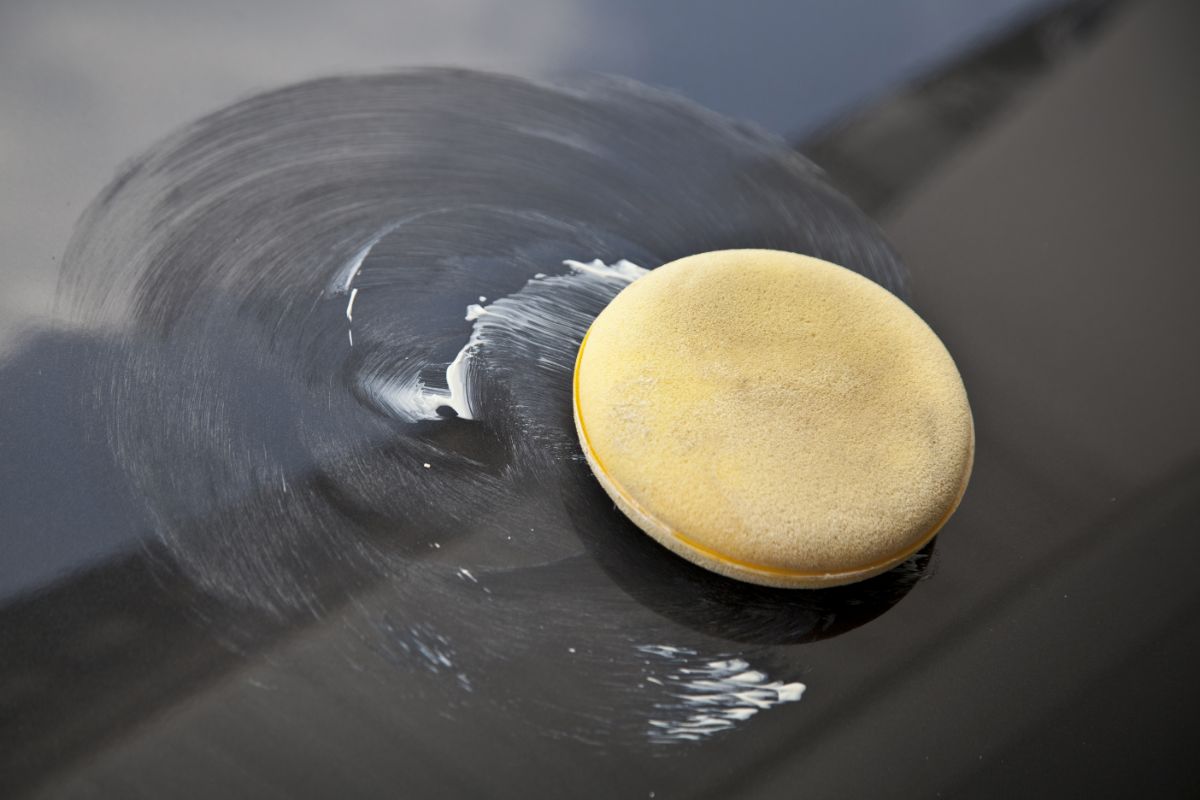
The “Carnauba wax” used in most automobile waxes is extracted from the leaves of a palm tree native to the northern regions of Brazil. Its purpose is to act as a protective layer for the palm leaves against the sun and rain.
Because villagers have relied on it for hundreds of years to provide food and medicine, it is also known as the “Tree of life.” Wax will protect our car’s paint for a long time and make it shine like new.
Wax is extracted as raw material, either in the form of hard flakes or as a powder. A variety of different petroleum by-products are combined with it to form a user-friendly product for the automobile.
Applying wax to your car will have the same effect as its natural state: it will reflect UV rays, repel water, and prevent dirt and debris from adhering to the paint.
Although it protects your car for a while, car wax eventually wears off. Having natural components makes it more prone to wear and degradation. It will last anywhere from a few weeks to a couple of months, depending on the temperature and how often you use it.
The wonderful finish it gives to paint is the main reason for its widespread acclaim. This finish is a deep, warm shine that blends into the paint as if it had always been there, bringing out the true colors underneath.
Varieties of Car Wax

The components of car wax are often used to categorize them.
Waxes made from natural ingredients often comprise between 20 and 30 percent of carnauba wax. The effects are superior in terms of color and gloss, but they don’t stay as long.
Paint sealants and synthetic waxes look identical. They are completely synthetic and made of polymers that establish a particularly strong bond with the surface and a protective layer. These persist for up to a year, but they lack a rich, glowing radiance.
Cleaning waxes are the final option; these products clean, shine, and protect the car’s finish all at once. Cleaning chemicals and fine abrasives are used to get the clear coat ready for waxing. If your paint is already showing signs of disintegration, these are what you need. Even while they don’t get the job done as well as if you did each step individually, they’re convenient and straightforward to use.
Related: 8 Different Types of Wax for Cars
You Can Group Wax According to Their state
Despite being more expensive and containing the purest form of carnauba, paste waxes are notoriously difficult to apply. Due to their composition, they produce the most attractive finish, but they also decay at a faster rate.
The durability of most liquid waxes is unparalleled. They’re more sturdy because of the increased amounts of synthetic materials. The key to using them effectively is speed and diligence.
Spray waxes are the quickest and easiest to apply, but they only last a few weeks at most. They are commonly cheap and suitable for everyday use, touch-ups, or brand-new vehicles that already have high-quality paint and finish.
Bear in mind that the foregoing does not apply to all items available on the market. The product’s constitution is not necessarily tied to its actual form.
What Exactly is Paint Sealant?
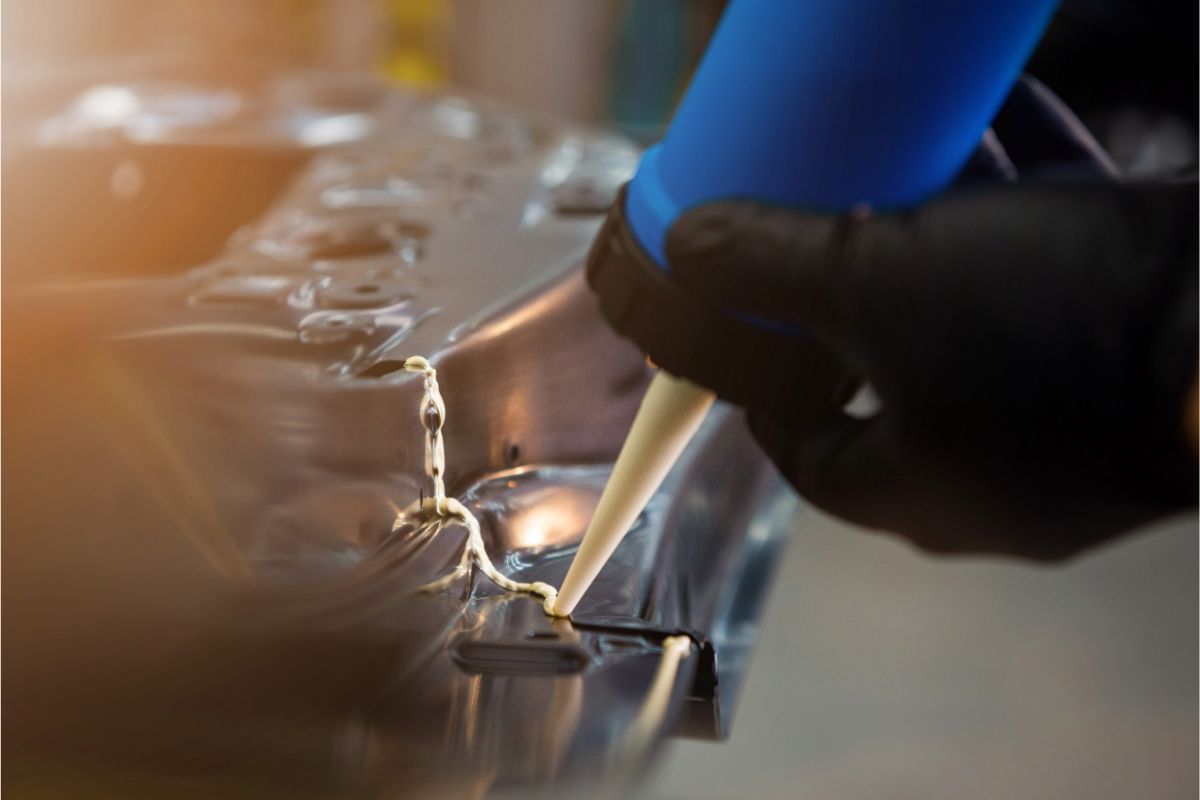
Unlike natural materials, paint sealant is manufactured in a lab. It’s formulated to form a strong bond with your car’s clear coat, and it’s created from petroleum derivatives, polymers, and resins.
This is why paint sealants are so much more powerful and long-lasting than waxes. The greatest of them offer protection from the sun’s rays and chemicals for up to a year. Because of their increased surface tension, they are hydrophobic, effectively repelling liquids, dirt, and other pollutants.
Sealants create a protective layer of glass-like hardness over the painted surface. The layer detaches from the paint and results in a high-tech, glossy finish, making it ideal for contemporary automobiles.
Cleaner waxes and paint sealants alike may include polishing solutions containing fine abrasives or cleaning chemicals. These multipurpose products can clean, polish, and seal your car’s paint in one step, but that depends on your specific needs.
Related: 9 Different Types of Paint for Cars
To What Extent Do The Components In Wax And Sealant Vary?
No manufacturer ever reveals all the components that make up their wax or sealant. As end users, the key differentiating factors are then reduced to a handful of consistent elements.
Wax
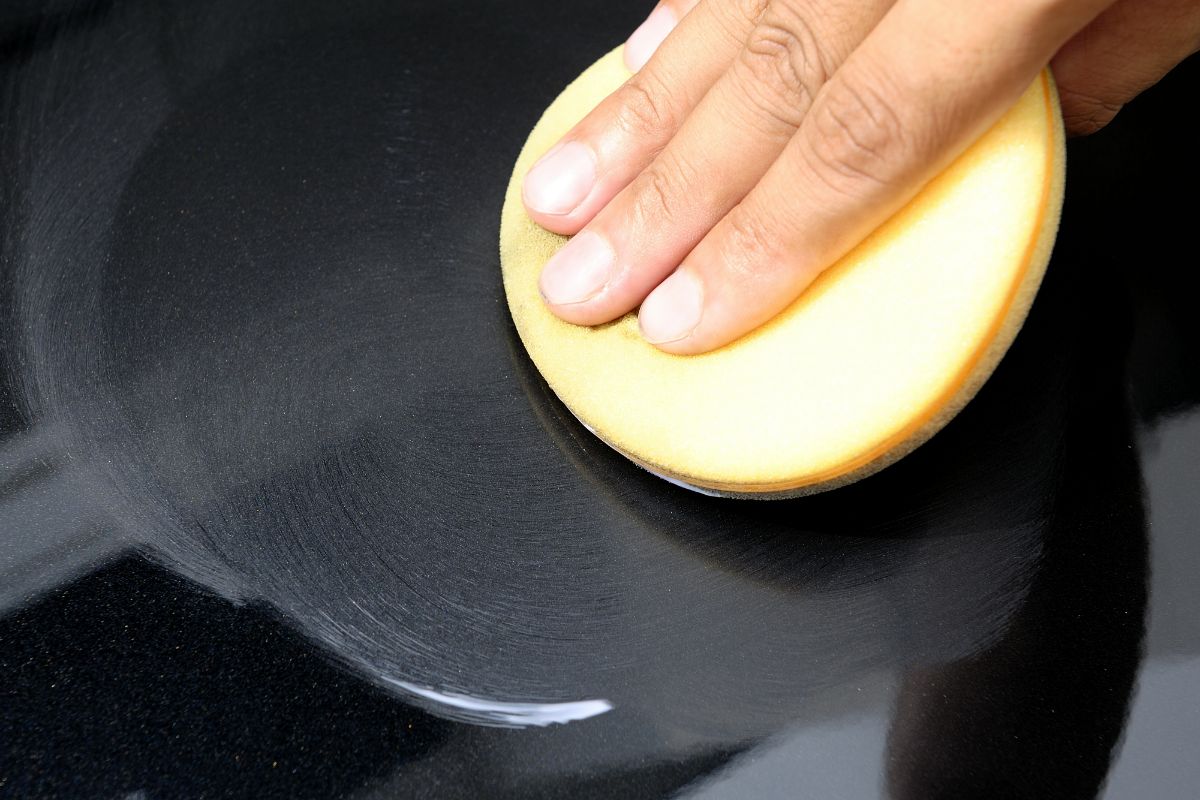
Natural waxes can be found in car waxes. However, the amounts vary. While carnauba wax is the most crucial component, other waxes such as beeswax can be combined with it.
The wax combination is then transformed into a workable solution by the addition of resins, polymers, plus natural and synthetic oils, all of which further protect your paint.
Sealant
Sealants are completely man-made. To create a durable and effective coating for your paint, chemical engineers determine the optimal ratio of resins, polymers, and petroleum by-products.
Does Car Wax or Sealant Have an Effect on Paint?
Carnauba wax will not harm your paint in most cases. It does not include any chemicals that would cause a reaction, and it is also free of abrasives that could scrape or damage the surface.
However, freshly painted automobiles require your attention while the paint cures. In some cases, even after the paint has dried, it will continue to release odors from the vaporization of its components. To get the best results from waxing or sealing the paint, you should wait until these steps are complete.
An Analysis of the Effects of Car Wax and Sealant on the Paint
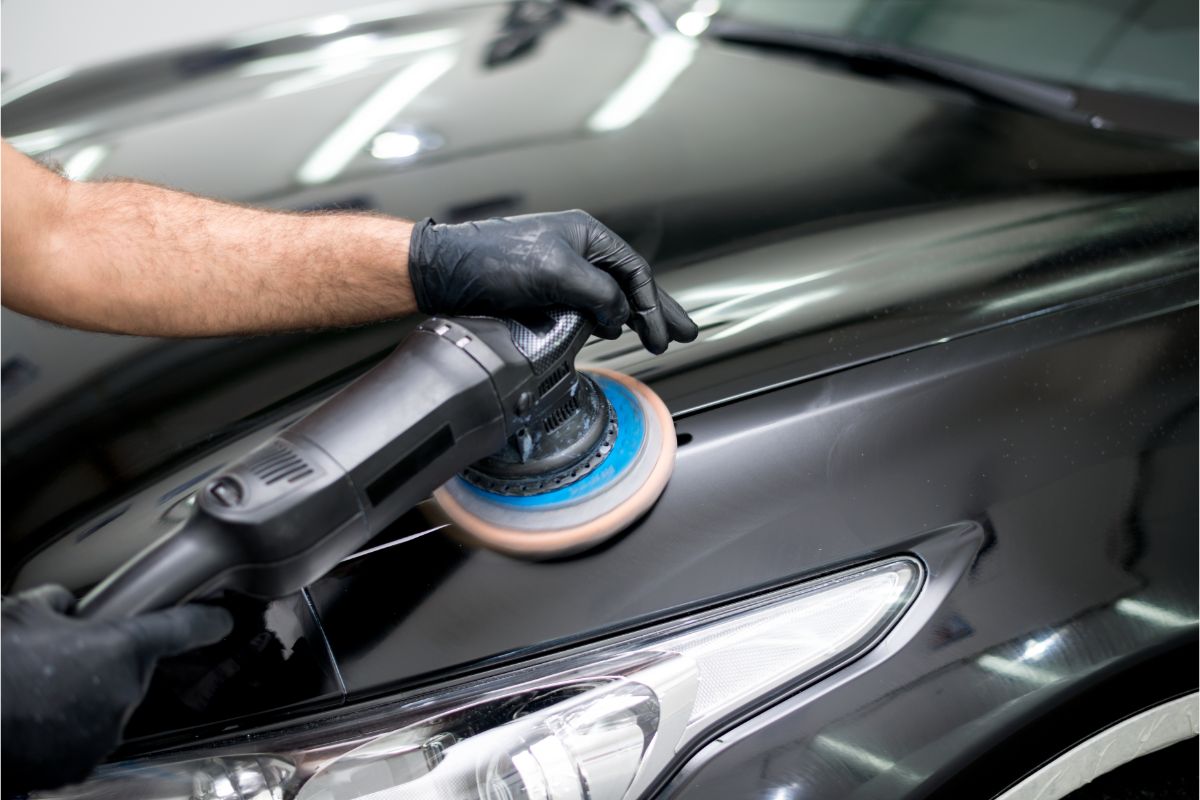
Waxing or sealing your paint will usually result in a better appearance. Unless you’re using a multi-purpose wax or sealant, we’d have to work hard to damage our clear finish using these items.
If the cleaner wax or sealant you’re applying includes polishing agents, you need to be extra cautious. These compounds contain abrasive particles that buff out the clear coat and get rid of minor imperfections. You could make scratches worse by sloppy application.
Is There a Distinct Way to Apply Wax and Sealant?

Wax and sealant indeed require different application methods, but this is also true of other products.
- A microfiber applicator (a fancy name for a sponge) or a random-orbit polishing machine with the appropriate finishing pad can be used to apply either option.
- Extra care must be taken while applying paste materials so that they dry in a uniform, thin coating throughout the entire panel.
- Work rapidly but carefully to get a good coating of liquid substance on top of your paint, as it can dry faster.
- The convenience of spray products lies in the fact that they can be applied to a surface in smaller, more manageable doses.
The final steps are sealing and waxing. Start with a primer, then paint, add the clear coat, maybe a ceramic coating, and finish with wax or paint sealant. Get a uniformly thin coating to increase reflectivity and preserve surfaces in pristine conditions.
To What Extent Should I Wax my Car?
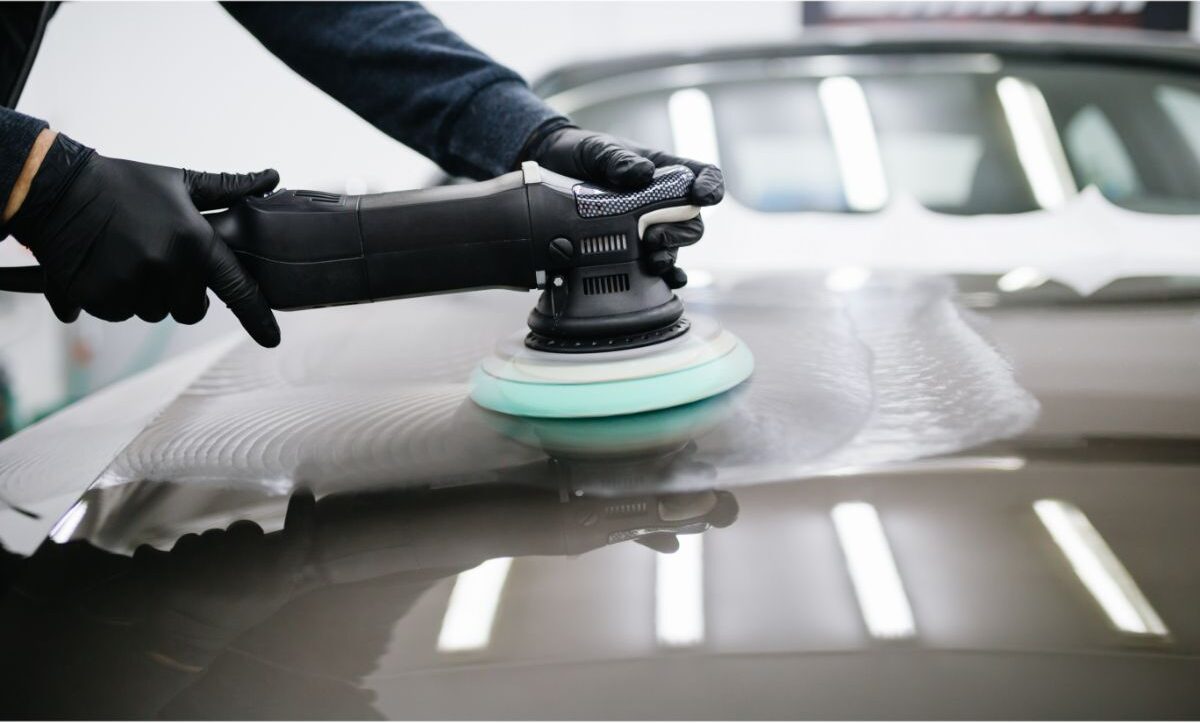
You won’t get the vibrant hues, gleaming sheen, and reflective quality you desire with a thick coating. We have to
consider the weather and surrounding conditions while applying the product. It’s never a good idea to work outside in the hot, blazing sun. Although waxes melt at higher temperatures, sealants also melt at higher temperatures.
The application can also be impacted by environmental factors such as humidity and wind speed.
This should be done in a dry, protected space like a garage. Still, there will be items with lower requirements than others.
The instructions for some waxes and sealants state that you should return after 20-30 minutes to remove any leftover residue with a microfiber cloth. There are some that you simply massage in and leave alone until the next time you need to use them.
It’s impossible to generalize about these factors because they vary greatly between products. Both waxes and sealants have subtle differences that make them unreliable comparison tools. If you want to get the most out of a product, read the product description or contact the manufacturer for advice.
Which is More Durable: Wax or Sealant?
Sealants for paint can protect surfaces for several months to a year. They are highly recommended for vehicles that are driven frequently or that are subjected to particularly severe environments because of the special long-term paint protection they provide.
Waxes biodegrade rapidly because of their all-natural composition. Quality wax will protect your vehicle for up to eight weeks. Harsher conditions and daily use will hasten the erosion and frequent application will be required.
Spray waxes normally last the shortest, but their variety and ease of usage often offset that limitation.
Do Wax and Sealant Make My Car Look Different?
Absolutely! Superior quality carnauba wax produces the smoothest, darkest shine. The natural wax will melt into the paint and enhance its color and reflective characteristics as no synthetic substance can.
However, there are situations in which you might choose to give your car a more glossy, high-tech sheen. To do this, simply apply a paint sealant, which will harden into a protective shell over the paint and produce a reflective sheen.
Is it Okay to Use Both Wax and Sealant?
For the most part, yes. It’s possible that the chemicals in different items won’t mix. It won’t harm the paint, but it could render the wax and sealer useless.
However, it is possible to layer various forms of finishing in most circumstances. As a general rule, paint sealant should be applied first, followed by Carnauba wax.
That way, the sealer can effectively seal the paint, preventing it from deterioration. The visual impression and surface qualities are determined by the outermost product. Some waxes are so spectacular we should apply them as the final step.





